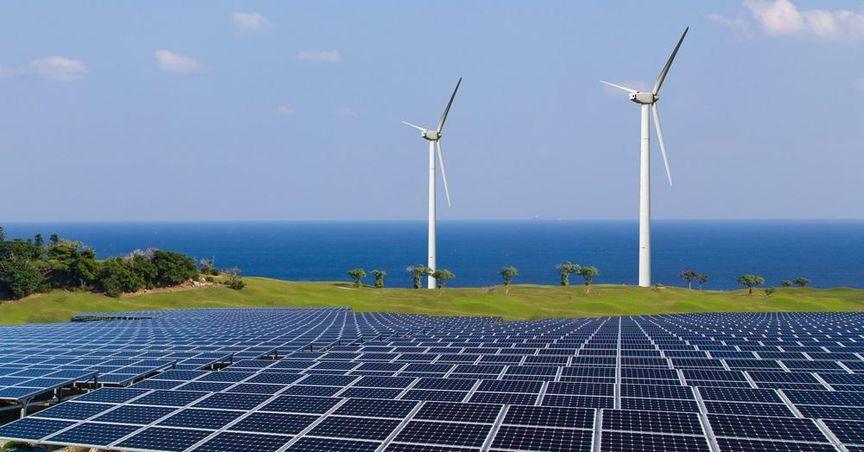Highlights:
- Boralex opened with a stock price reflecting its market capitalization over two billion dollars.
- The company has a significant debt-to-equity ratio, highlighting financial leverage.
- Boralex's stock fluctuates within a yearly range, responding to market conditions.
Boralex (TSX:BLX) operates in the renewable energy sector, focusing on the generation of green energy through wind, hydroelectric, and solar power. As a key player in the shift towards sustainable energy, the company is central to the global transition to cleaner energy sources. Its role in renewable energy development continues to grow in importance as demand for such sources increases, positioning Boralex as a significant entity in the evolving energy landscape.
Stock Performance
Boralex’s stock opened at a price that reflects its standing in the market. Over the past year, its stock price has fluctuated, reaching a defined low and high. These changes highlight the influence of broader market conditions and sentiment, as well as external factors impacting the company and the renewable energy sector at large.
Market Capitalization and Valuation Ratios
Boralex’s market capitalization places it among the more significant companies in the renewable energy sector. The company’s valuation, reflected in its price-to-earnings ratio, shows how its stock is priced relative to earnings. A higher P/E ratio suggests the stock may be valued at a multiple of its current earnings. The price-to-earnings-growth ratio, which factors in expected future growth, further supports this, indicating that the stock is priced with future expectations of earnings growth in mind.
Debt and Liquidity Ratios
Boralex has a relatively high debt-to-equity ratio, suggesting that the company relies heavily on debt financing for its operations. While this leverage can be beneficial in terms of amplifying returns, it also introduces financial risk. The company’s liquidity ratios, including its current ratio and quick ratio, indicate its ability to meet short-term financial obligations. The current ratio is slightly below one, which may signal challenges in covering short-term liabilities using its current assets, while the quick ratio, being above one, suggests that Boralex has better liquidity when excluding inventory.
Moving Averages
Boralex’s moving averages offer insight into its stock price trends over both short and long periods. The fifty-day simple moving average reflects the recent price movements, while the two-hundred-day simple moving average shows the broader, long-term trend. These averages help smooth out daily fluctuations and provide a clearer picture of the stock’s overall performance over time, giving a longer-term perspective on its price behavior and positioning in the market.




